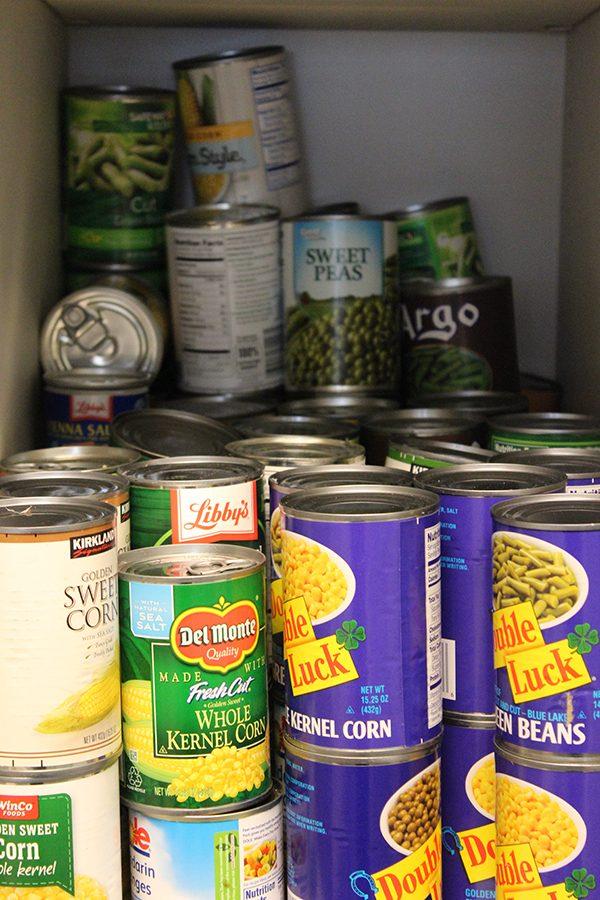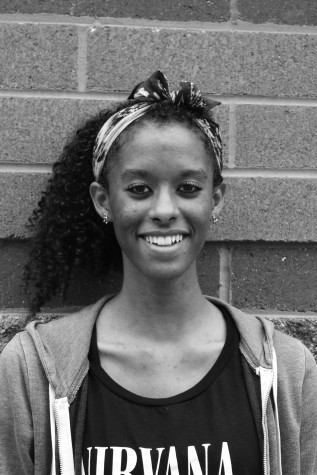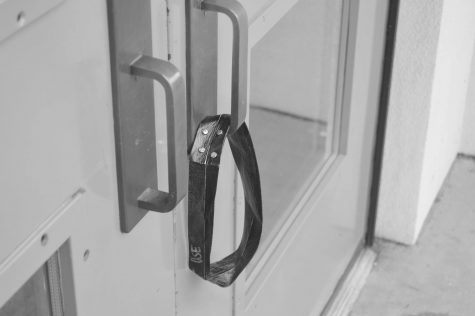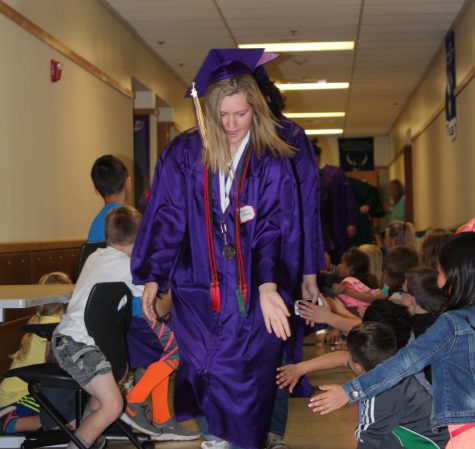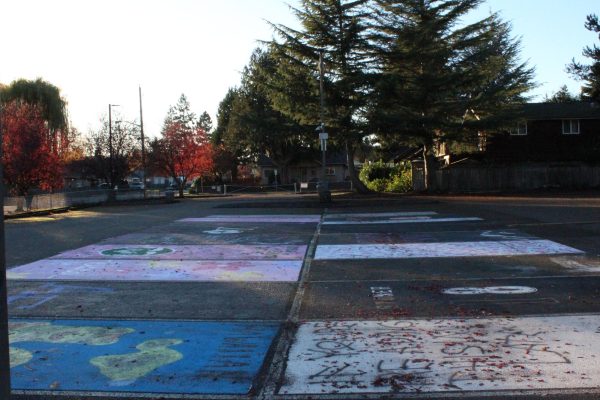Canned Madness drives to success
Canned Madness— oftentimes the instigator of excitement and competition between all first period classes at PHS.
Leadership adviser Jamie Mooring explains some of the background surrounding Canned Madness.
“We used to do Canned Madness around Thanksgiving but what we heard back from the food banks was that they were filled with food on Thanksgiving because every school does a food drive around that time. The food banks are what made us move the food drive to the spring because their response was that they were run dry by March and they needed some replenishment,” Mooring said.
Mooring states that Canned Madness benefits students at PHS whose families may not be able to afford enough food.
“When HOSA decided that they were going to put together a food bank for our school, Canned Madness seemed like a natural thing for [Leadership] to do. It is just really cool that everything that the kids donate stays in the Viking Family. It is great to help out the community but it is really amazing that the food stays here at the high school and we stock our own pantry so that kids and their families can get in there if they need to,” Mooring said.
According to senior Canned Madness leader Levi Woolley, the point value of certain items are based off of the higher or lower demand for those items in the food pantry.
“HOSA determines what [Leadership] values at the highest on our point scale and what they need is what we value at the highest number of points. Things like peanut butter, shampoo and conditioner are rated higher on our point scale so that the big teams like Matt White and [Eric] Ryan will bring those things in and try and get the most points possible,” Woolley said. “We just try to collect as much of those items for the kids and the food pantry as possible, because they need them a lot more.”
Aside from collecting food, Woolley reveals that Canned Madness also collects several other necessities.
“The drive also collects toiletries and things like Kleenex, shampoo, bars of soap, deodorant and it all goes right back to the kids through HOSA. HOSA collects everything and gives things out to kids based on what they need,” Woolley said.
However, according to Mooring, Canned Madness has not always been as successful as it is now and several other strategies were used before in order to try and motivate more students to bring in food.
“I have been advising [Leadership] for 12 years now and we always have had a hard time getting students and teachers involved. We knew it needed to be a competition in something. For a couple of years we partnered with the Business and Marketing classes and had them market the food drive and then we would run the drive,” Mooring said. “That worked a little bit but we were at a Leadership conference when we got the Canned Madness idea from another school and some of the students brought the idea back and wanted to try and to see if it might work.”
Mooring states that the competition part of Canned Madness has helped to facilitate excitement around the school.
“For whatever reason, Canned Madness has really taken off and teachers buy into it, students buy into it. Canned Madness did exactly what we hoped it would do, which is to kind of give an incentive to participate in the drive,” Mooring said.
In order to keep the competition organized, Woolley states that Leadership uses a bracket to separate first period classes into equal numbered teams.
“We make the huge bracket out in the main hall just to have a visual for all the teachers and the students to see what is going on. We organize the teams by the number of students in each first period class and try to set up each class with the same number of students per team,” Woolley said. “In addition to trying to keep each team equal, we also try to keep the big powerhouse teams away from each other. So it is a bracket but it may change a little bit over time if it benefits the food pantry more.”
Mooring reveals that a large part of the success of Canned Madness is due to teacher involvement.
“I do not think that the success of Canned Madness is anything that Leadership does. I really think it is the buy-in of the teachers. Every year we have a handful of teachers who really promote the food drive and really make it a competition. The winning teacher is going to get a breakfast party and that is really an afterthought now,” Mooring said.
According to Woolley, the competitive aspect of Canned Madness is what sets it apart from other fundraisers.
“I love the competition part of Canned Madness. I love seeing classes get excited about it and trying to bring in as much food as possible and seeing how excited kids get to see if they are going onto the next round or to see if they won or if they lost. I think Canned Madness is just a really cool process and it generates more excitement in the school even more than just a normal fundraiser,” Woolley said.
Although the competition has fueled excitement and higher levels of student participation within the drive, Mooring says that the true meaning and purpose of Canned Madness lies in its service to the community.
“If you were to talk to the teachers who are consistently in the competition until the end, they will say that the heart of it is that our school will benefit from Canned Madness. Kids do not realize that there are some kids who sit next to them in class who visit the food pantry every day,” Mooring said. “I think that those teachers put on a big show because they know that that is what the kids buy into but if you ask any of the teachers, at the heart of it is that they know it is a really good cause. That is really amazing and it is getting kids motivated to give to their own community.”
Your donation will support Viking Student Media and the content we create. Your contribution will allow us to purchase equipment and cover our annual costs, including website hosting, printing the newspaper and yearbook, and purchasing new equipment.



